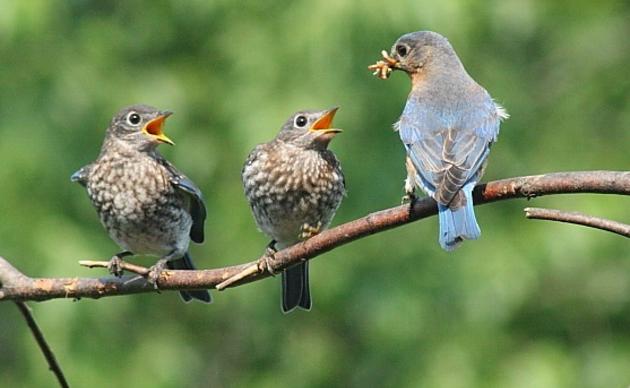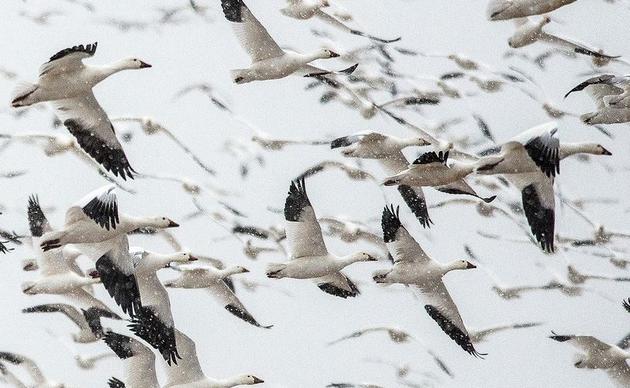Original story published by Nature World News, by Samantha Mathewson
January 11, 2016
For the first time in over 30 years, endangered piping plovers has nested along New York's Lake Ontario shoreline. After successfully breeding this summer, the pair of birds hatched two chicks, one of which survived to migrate south in August.
The piping plover is a small shorebird, restricted to three separate geographic populations in the U.S.: the Great Plains states, the shores of the Great Lakes, and the shores of the Atlantic coast. The pair's return to New York bodes the endangered bird'sGreat Lakes recovery, according to biologists from the U.S. Fish and Wildlife Service (FWS) and Audubon New York.
"We were thrilled to see the successful breeding of piping plovers on Lake Ontario this year," David Stilwell of the federal agency's New York office said in a statement.
In total, the agency reported that three adult plovers were spotted over the summer on New York's Ontario shore, including a breeding pair in Jefferson County. The FWS, along with the New York Department of Environmental Conservation, Audubon and other groups worked effortlessly to protect the nest from disturbance.
The piping plover is a robin-sized bird resembling a sandpiper, colored to blend in with the sand and sticks in its natural habitat. Despite their clever disguise, the beach-dwellers are primarily threatened by predators such as foxes, gulls and crows, in addition to habitat loss and nest disturbance. The Great Lakes population had fallen to 16 pairs in 1986, when the species was put on the endangered list. However, increased protection of nest sites and extensive conservation measures has boosted the population to about 75 pairs across the region today, according to the FWS.
"The return of piping plovers to the eastern shores of Lake Ontario is a tremendous success story for birds and the environment," Erin Crotty, executive director of Audubon New York, explained. "That they're finding new and suitable habitat to successfully fledge chicks signals their recovery."
However, it also emphasizes the need for habitat protection and restoration to benefit other vulnerable species, Crotty added.



